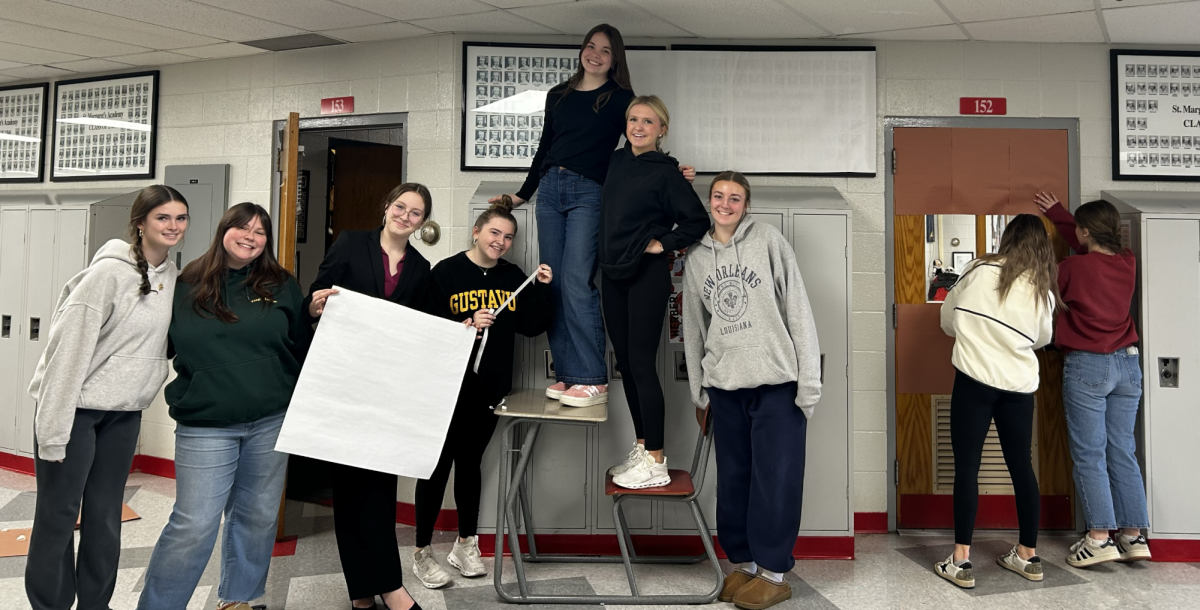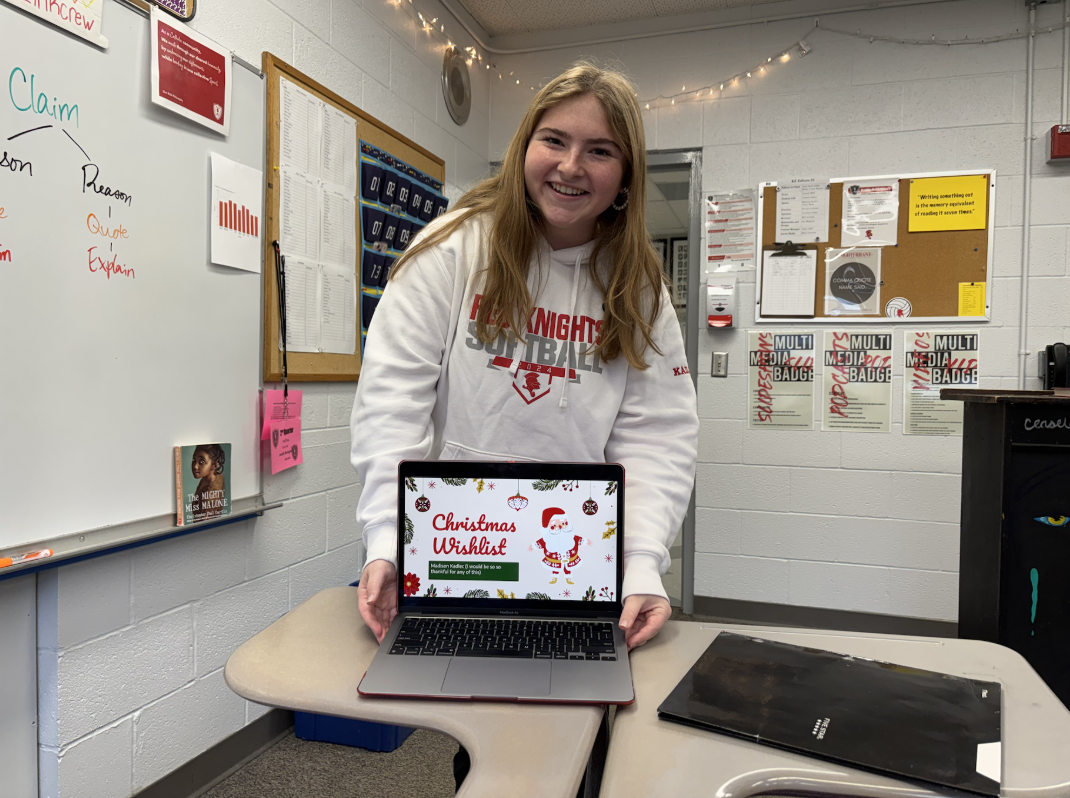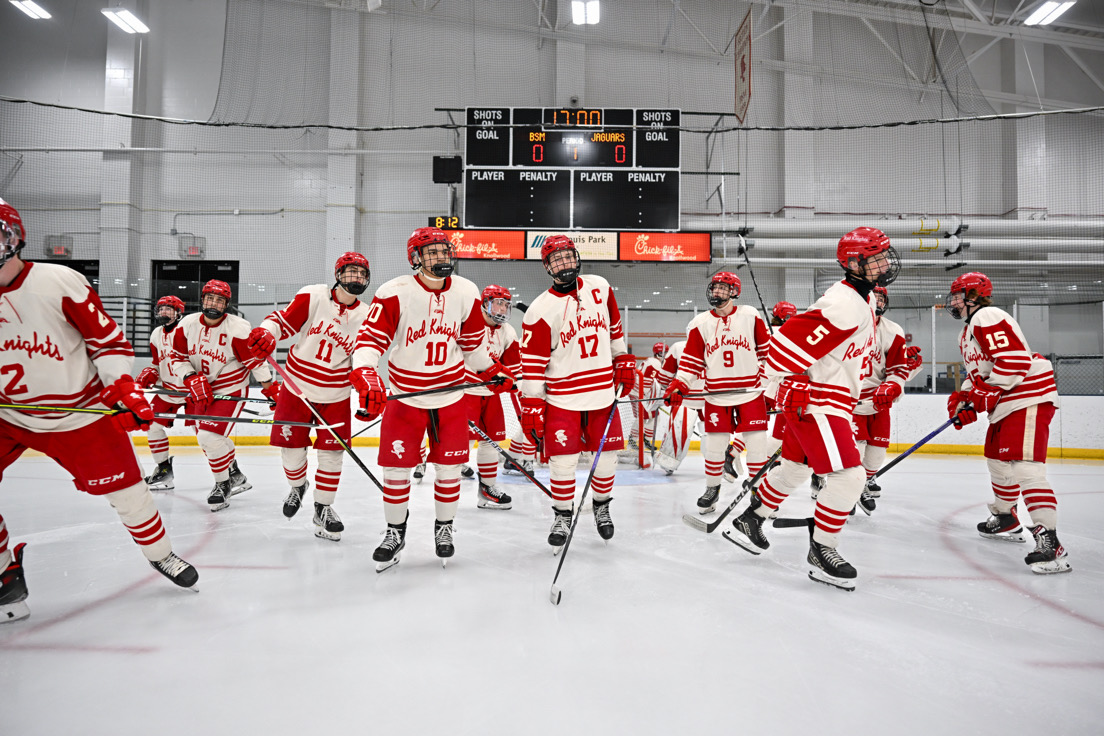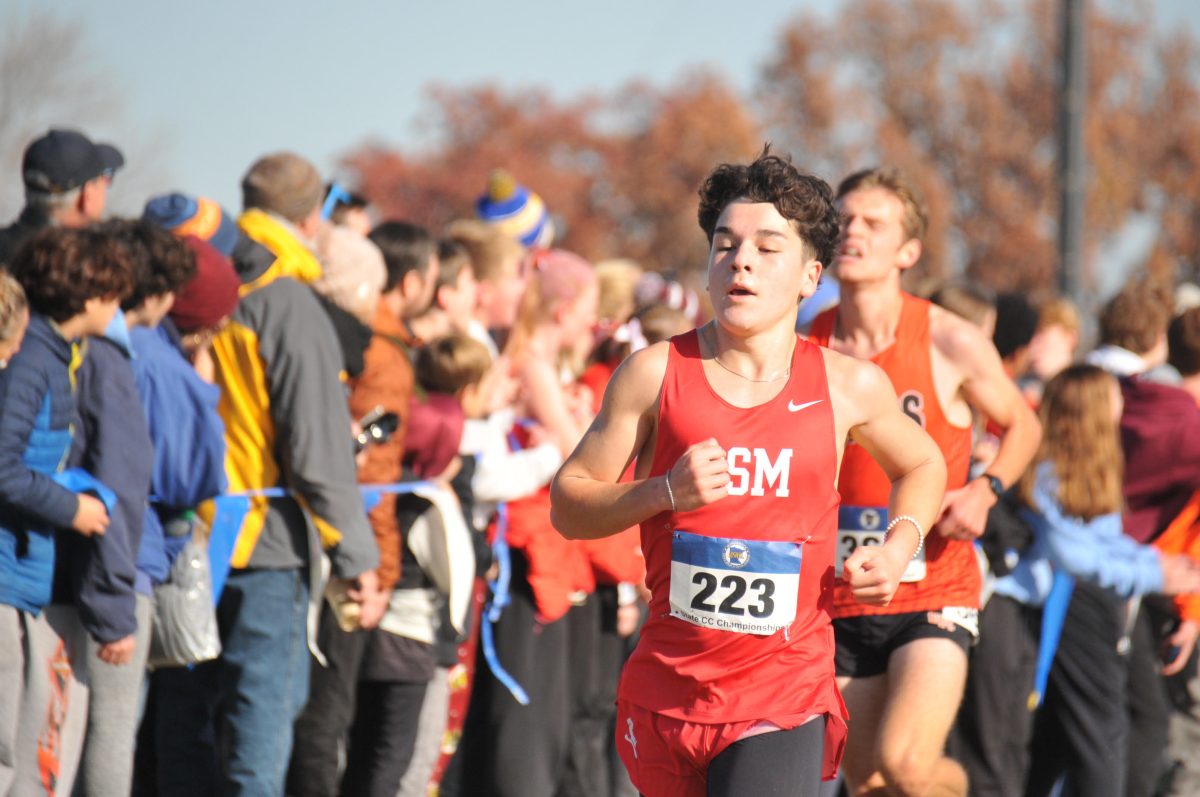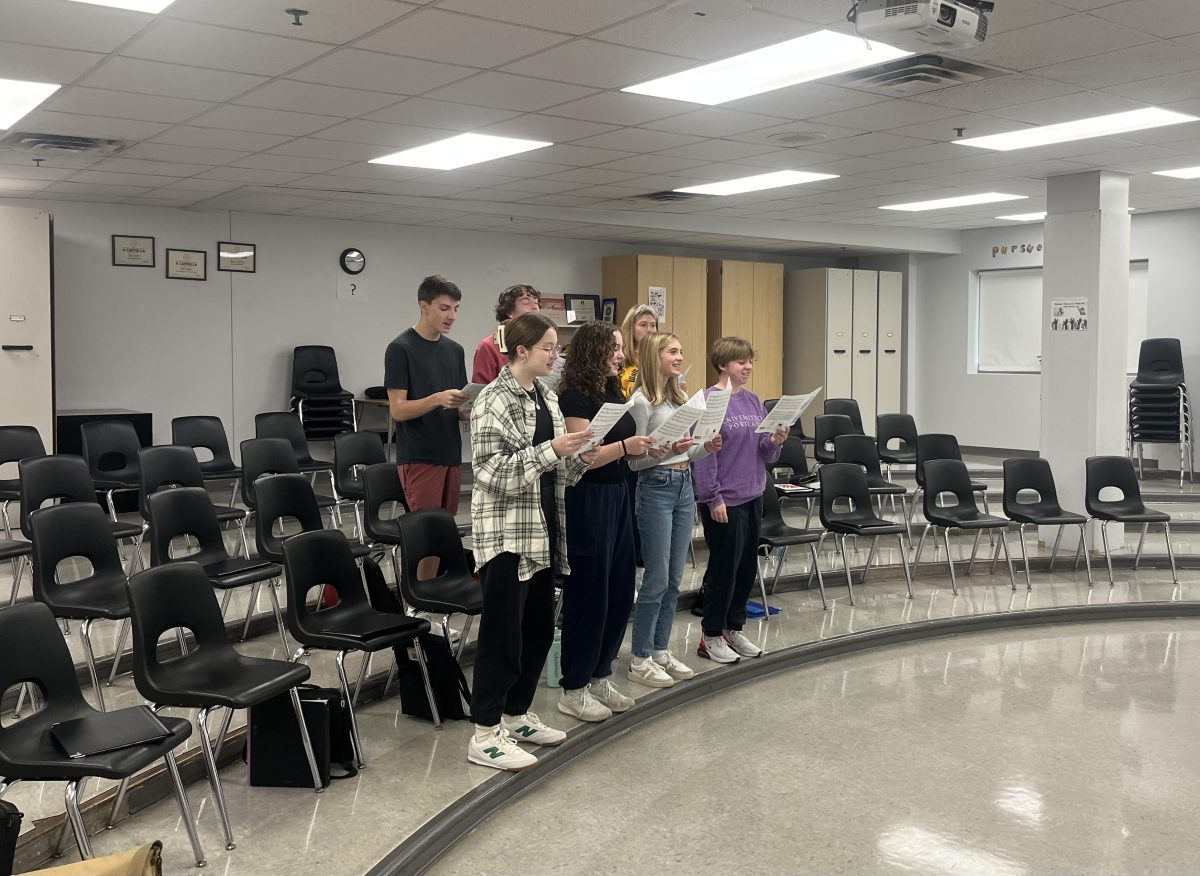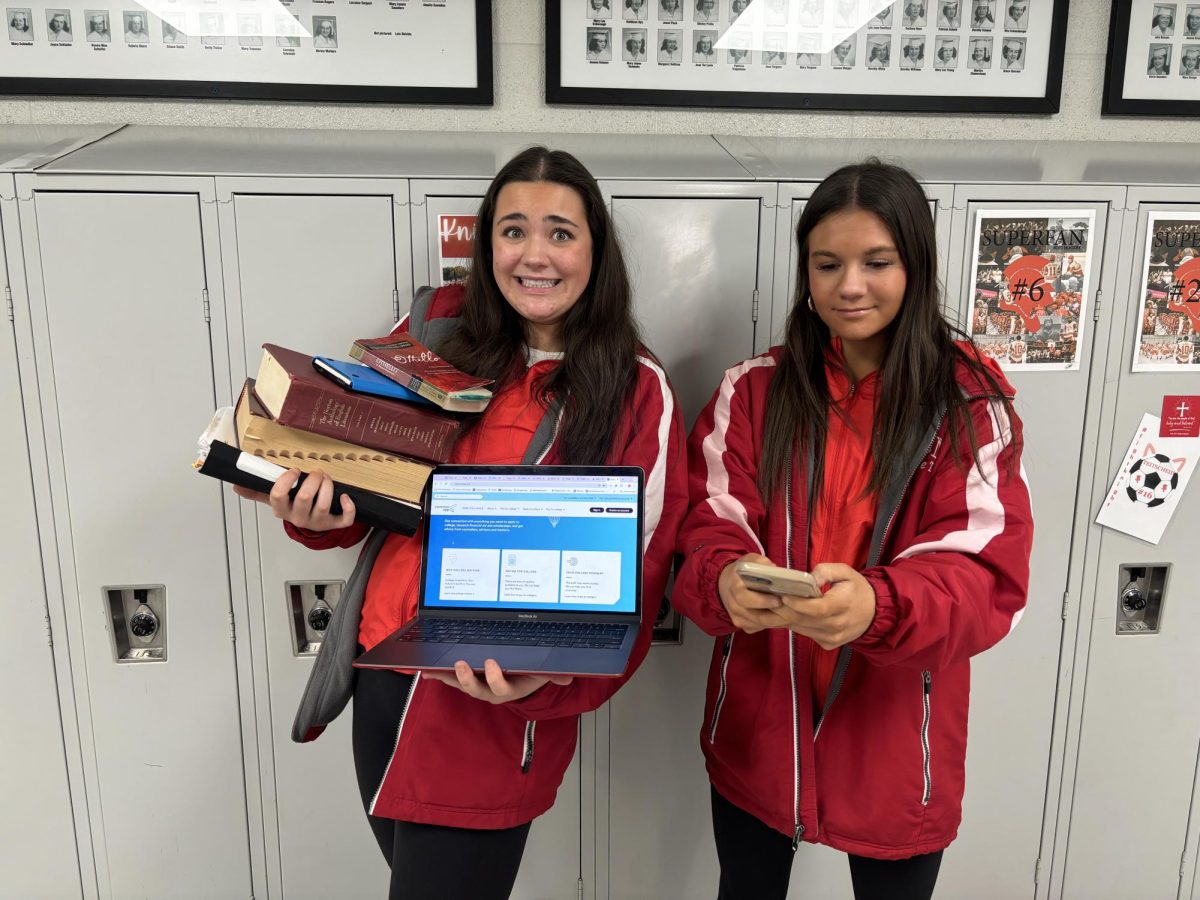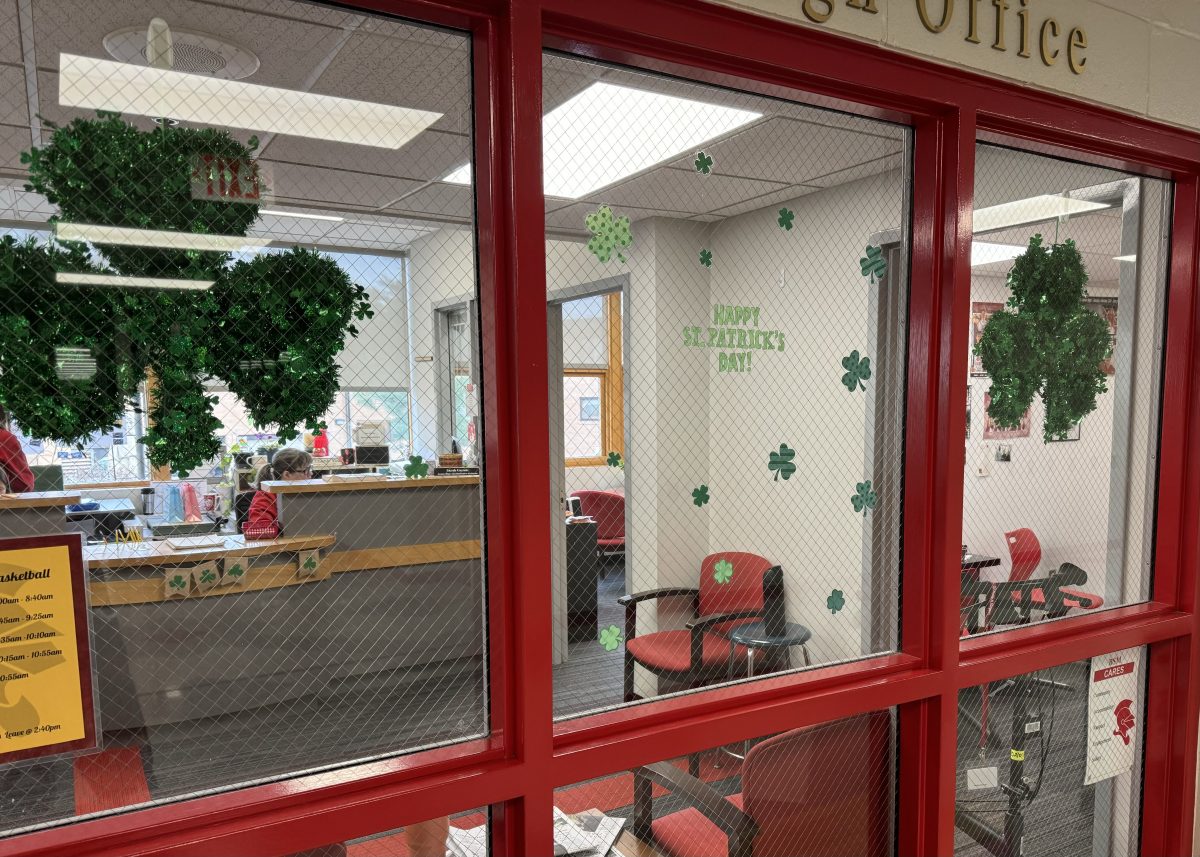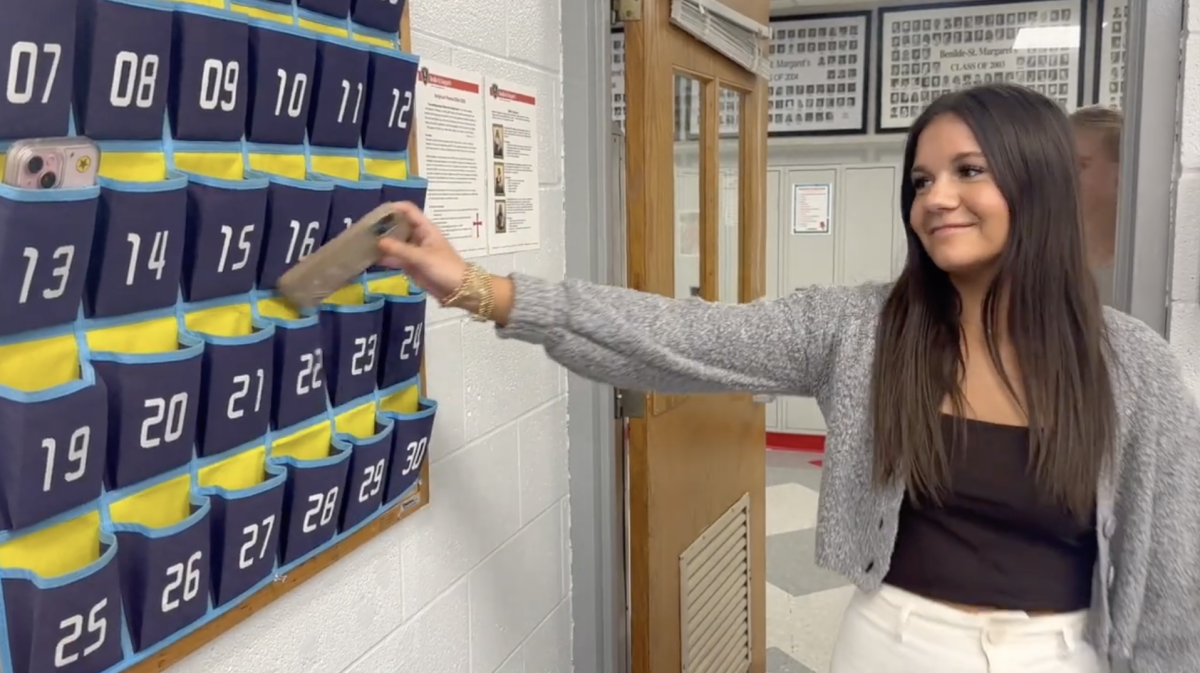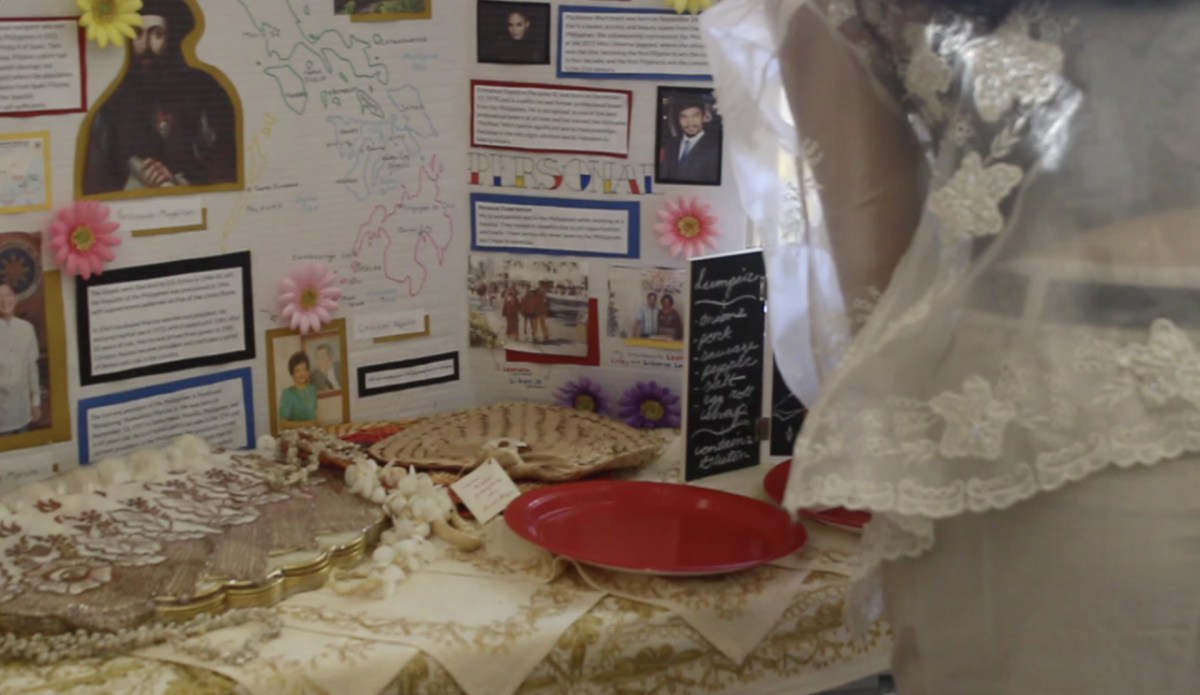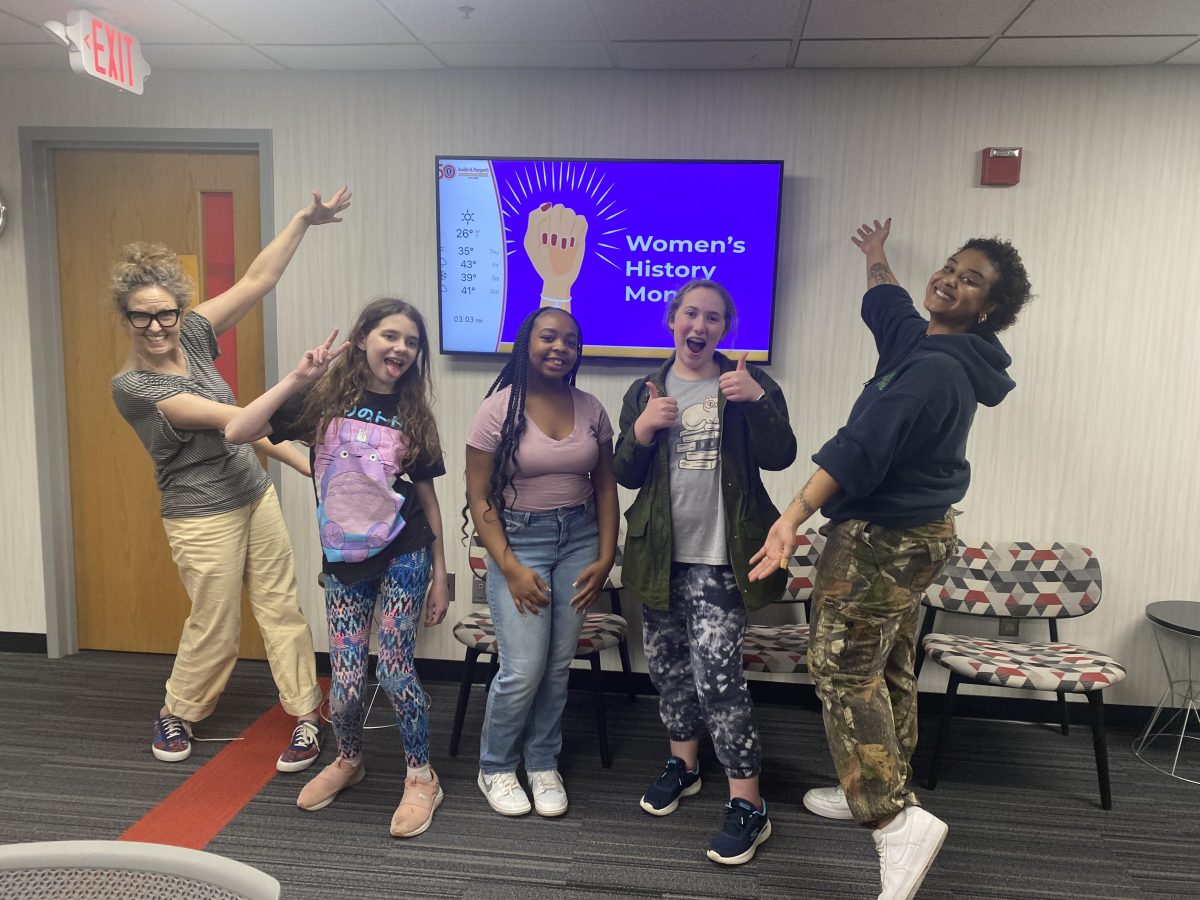Throughout the year, certain months are dedicated to recognizing different communities of people. March is the month that recognizes women’s history in America. So, what does BSM have planned for this month, and what are the students’ thoughts and expectations?
BSM celebrates Women’s History Month with events such as BSM’s second annual panel, a discussion led by women who are BSM alumni who talk with students about their experience navigating different professional and social settings as women. In addition to the Panel, there is also a slide added to the screencasts located around the building with facts about major moments in women’s history. “When you think about the history of the schools, the world has changed and we’re recognizing opportunities to continue to ensure equity for everybody,” President Danielle Hermanny said.
In recent years, women’s history has become more and more integrated with the BSM curriculum. Classes like AP United States History have entire sections dedicated to teaching women’s history and many English, theology, and history classes have dedicated more time and attention to the importance of women’s roles in society. However, some students at BSM believe there is still room for improvement. “It’s talked about in individual classes, but as a school, I don’t think it’s talked about as much,” junior Amelia Lynch said.
BSM is constantly taking steps to improve Women’s History Month in the school. Most believe this month aims to celebrate the rich history and achievements of women in America that were not recognized during their time. “Looking back on where we have been, what the world has been, and accomplishments of women that were not celebrated in their time because that’s not how the world was taking the time to identify work that was done sometimes, with enormous cost and in the face of enormous adversity,” Hermanny said.
Outside of Women’s History Month, BSM still works to empower women. With two female principals and a female president, as well as most of the faculty and staff being women, students are surrounded by women in places of power and stability. “It’s easy to take for granted a lot of the ways the world has changed to increase equity for genders…We take for granted women’s sports, right? But really, those opportunities haven’t been around for that long,” Hermanny said.








